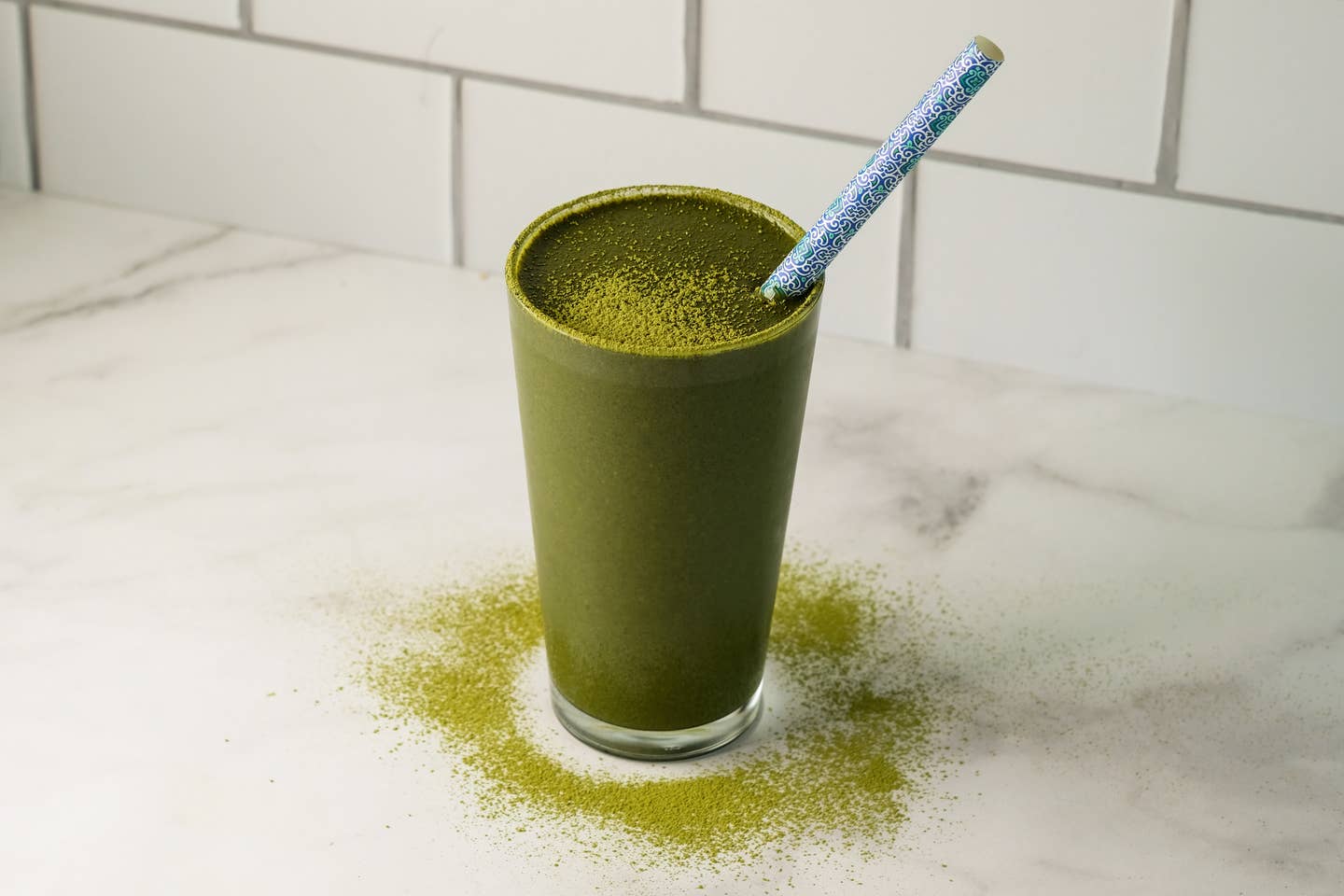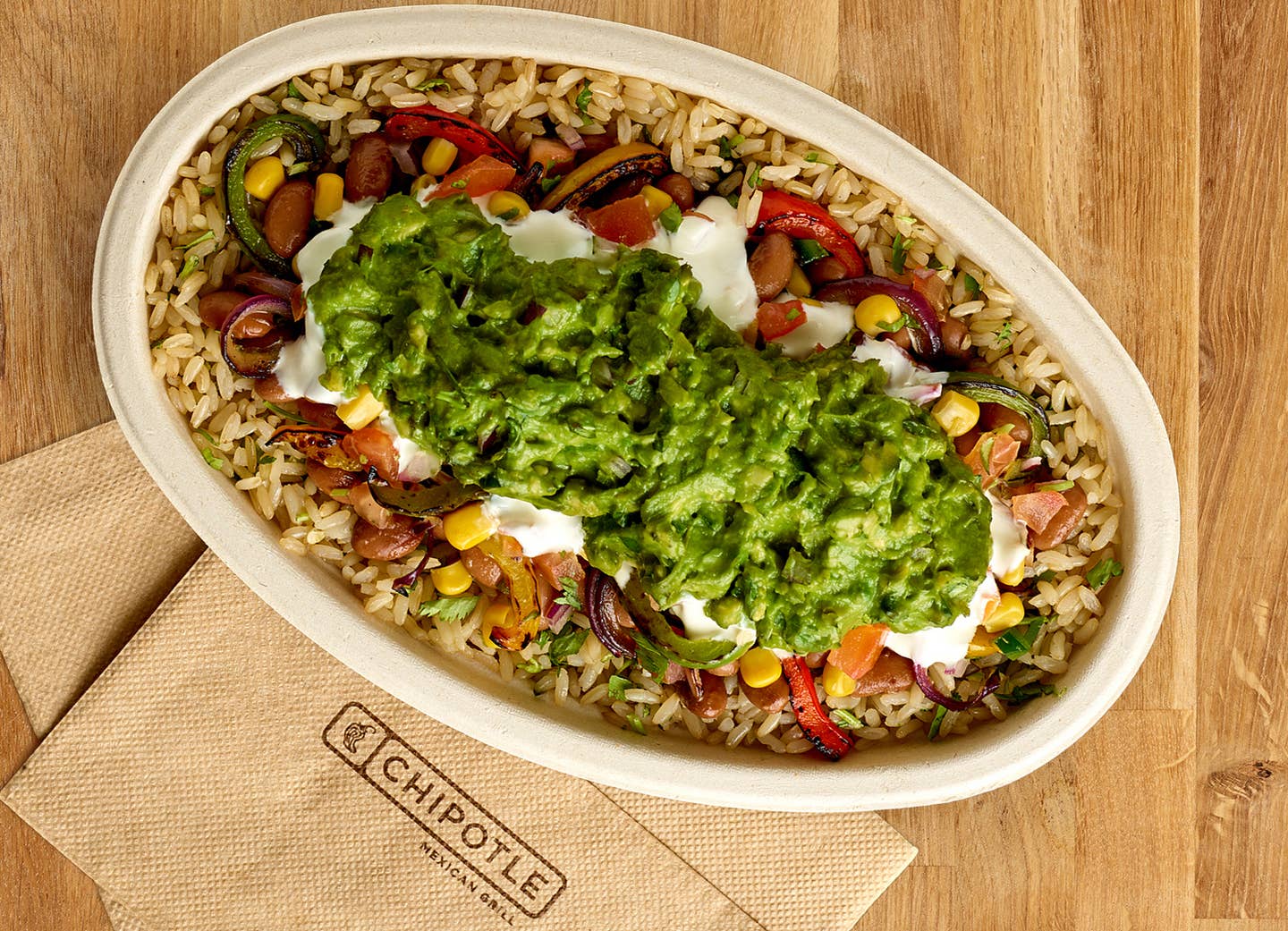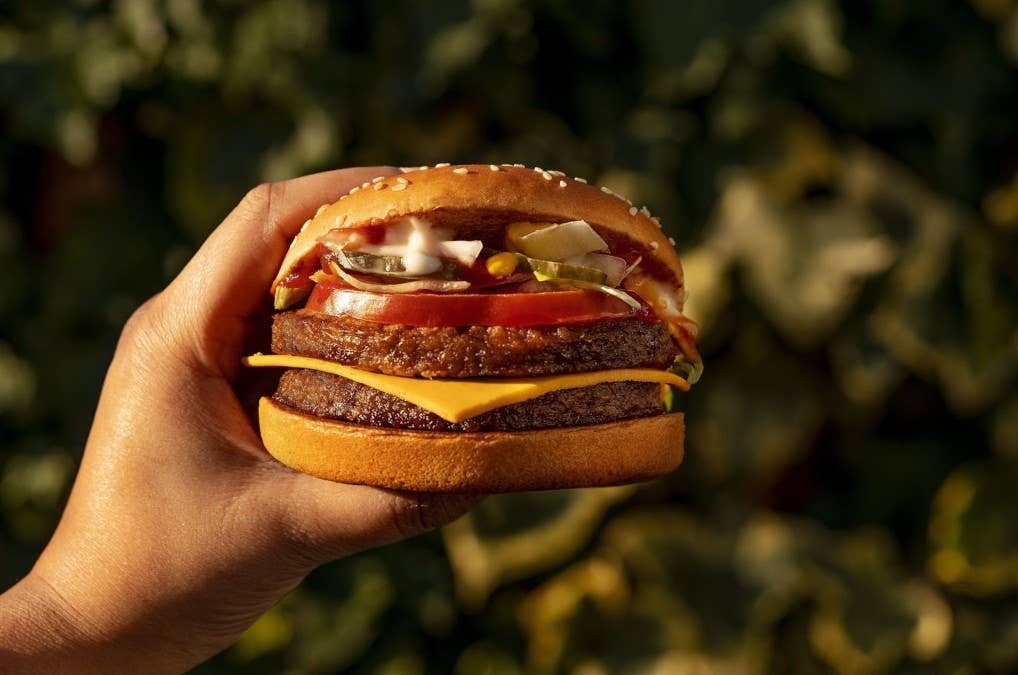
“I Tried Drinking Spirulina Every Day for a Week. Here’s What Happened”
I am not one for supplements. I hate pills, distrust drugs and pharmaceutical companies, and believe in getting my nutrients the old-fashioned way, by eating plant-based foods such as fruit, vegetables, beans, nuts, seeds, and whole grains. But when the Fresh Farm folks sent me over a large canister of spirulina cubes (essentially frozen iced cubes of dense-packed spirulina algae), I decided this was not pill-popping or some intense powdery substance, but a natural way to figure out if spirulina is worth all the hype.
What is Spirulina?
Spirulina is a blue-green alga loaded with nutrients and antioxidants, and first discovered by the Aztecs in ancient times. The Aztecs called it tecuitlatl and harvested it from Lake Texcoco, where the French discovered it in the 1960s. Spirulina is a potent source of the powerful antioxidant phycocyanobilin, which helps fight aging and inflammation in the body.
Spirulina is also nutrient-dense, containing 10 percent more protein than another popular algae, chlorella, and contains all 9 essential amino acids your body needs for optimal function.
Spirulina is a good source of heart-healthy omega-3 and omega-6 fatty acids, which most people who don't eat fish have to find through other plant-based sources such as algae, nuts, and seeds. One tablespoon (or 7 grams) of spirulina provides around 1 gram of omega-3 and omega-6 fatty acids.
Read More: The Health Benefits of Spirulina and Chlorella
Is Spirulina Good for You?
Spirulina is known to have multiple health benefits. It can lower inflammation in the body so which helps reduce everything from joint pain to all sorts of secondary symptoms, from bloating to clearing up your skin.
By reducing inflammation, spirulina makes everything work better while giving your body the nutrients and powerful antioxidants it needs to perform optimally. Spirulina has virtually no calories, helps boost immune function, sharpens your brain power, and promotes clear skin.
Spirulina has also been shown to help lower cholesterol, so if your "bad" cholesterol is a little higher than your doctor would like, tell her or him about a study that showed people who took one gram of Spirulina a day lowered their LDL cholesterol (the risky type) and their triglycerides by more than 16 percent.
Other benefits of spirulina: It has been shown in scientific studies to help keep blood sugar in check, help lower blood pressure, help fight sinusitis, and increase endurance strength.
In one potentially exciting human study, tobacco chewers with pre-cancerous oral lesions who took 1 gram of spirulina a day had better results than those who took a placebo. Of those taking spirulina, 20 of 44 saw their lesions disappear, whereas, in the placebo group, just 3 of 43 had similar results. The effects mean that spirulina could be considered a natural chemopreventative therapy, the authors wrote, though more of these studies are needed.
The Nutrients in Spirulina
One tablespoon (about 7 grams) of spirulina powder contains:
- 4 grams of protein
- 11 percent of your RDA for Vitamin B1
- 15 percent of your RDA for Vitamin B2
- 4 percent of your RDA for Vitamin B3
- 21 percent of your RDA for Copper
- 11 percent of your RDA for Iron
- Magnesium, potassium, and manganese
Spirulina is full of antioxidants, especially phycocyanin which gives it its blue-green color, which is hard to dilute, even in a smoothie. These antioxidants are anti-inflammatory and have proven to also help fight oxidation or aging that puts stress on cells. It has even been shown to be neuroprotective and improve brain function in lab animals. What does this mean to humans? By helping lower inflammation, reduce cellular damage and keep your brain sharp, you can think of Spirulina in your morning smoothie as the fountain of youth.
I found that when I took spirulina in the morning, even if I ate chips or sugary or salty snacks later in the day, my body retained the energy levels and anti-inflammatory qualities when I don't eat junk food (which makes me tired and puffy). So you can think of spirulina as "nutritional insurance" to be sure you get the nutrients your body needs, and that it can help mitigate the poor choices you may or may not make later in the day (I fully admit this applies to me!).
I Took Spirulina Every Day. Here's What Happened
I made a big blender full of spirulina and fruit, which was big enough to last me for days, and then I remade it. One day I just drank straight spirulina, which I don't recommend since it's such a dark green-blue color and so tasteless it was hard to sip down. Here is my Spirulina Smoothie, which I named an anti-inflammatory smoothie. Add any fruit and seeds or nuts you have sitting around and try different additions (like spinach or kale). Here's mine:
Anti-Inflammatory Smoothie with Spirulina
- 1 spirulina cube (about a teaspoon or 5 grams)
- 1 half cup of blueberries
- 1/4 cup of raspberries
- 1/4 cup of strawberries
- 1 ripe banana
- 1 cup of oat milk (I chose Malk)
- 1 heaping handful of ice
- 1 tablespoon of flaxseeds
- 1 ounce of almonds
- 1 ounce of shelled pistachios
- Optional: 1 scoop of vanilla flavored Plant Protein Powder. (I used Happy Viking from Venus Williams)
Pulse in your blender until fully blended. This made enough for four days. I refrigerated the rest and then made a new batch on day five. The thing about Spirulina is it's an antioxidant so it keeps longer than most foods that might spoil in a shorter amount of time.
Day 1. Clearer Skin
After weeks of battling a lower cheek and chin breakout (blame my phone or the sun or my bad habit of finding these blemishes with my fingers while reading but they didn't want to go away) my pimples calmed down and began to clear up. That also has a way of making me leave them alone. If they don't hurt I don't touch them. I credit the anti-inflammatory aspect of my spirulina smoothie.
Day 2. No More Joint Pain
My runs have been a miserable slog of hot, humid, knee-aching endurance contests. The hardest part has been not walking and keeping jogging through the pain in my left knee, which has been a problem since knee surgery following a ski accident half a lifetime ago. When I am good about eating and avoiding all sweets and dairy, my knee stays nicely unswollen. But the spirulina seemed to target the problem area on the outside of the joint where the pain often occurs as a stabbing, sharp lightning strike to the knee at every step. Nothing. No excuse not to keep jogging. My run was a pleasure, and the only hard part was my lack of fitness!
Day 3. More Energy Even – After a Snack Attack
I call it "Nutritional Insurance" but you could think of it as a bargain: I know if I eat potato chips or oat ice cream-- even non-dairy sugary treats-- often leaves me logy, tired, bloated, and of course regretful of my momentary decision to indulge. Okay so I still felt some of that regret but none of the other usual symptoms. Was it the spirulina? You can't be certain, but my energy stayed high and my body had no apparent ill effects from the snack attack. Okay so maybe it wasn't the healthiest choice but we all have to live a little! Chips and ice cream can be plant-based and also not your healthiest choice! I decided the spirulina saved me and got back on track!
By Day 4 I decided I am "All-In" When It Comes to Spirulina
When I've tried these little mini experiments in the past I couldn't wait for them to be over, and to stop having to eat or drink the nutritious food or beverage I was trying out for the sake of putting my body at the forefront of nutritional journalism. Not this time. I am "all in" when it comes to taking spirulina every day. I want to try the powder and scoop it into my smoothie and other beverages since the one thing I don't always love is to eat or drink a heavy morning meal or even a smoothie. So I will be trying new ways to get spirulina into my body on a daily basis. Why not? If it works this fast and this effectively, I know I need whatever nutrients it's giving me.
What to Look for in Spirulina
Instead of just buying pills or powders, which can have fillers, gels, and other unwanted ingredients, look for spirulina that has just one ingredient, such as the frozen cubes I tried, made by the New Farmers, a Brooklyn-based company that specializes in frozen spirulina cubes. They ship these to your door and you keep them frozen until you want to use them. The powdered kind of spirulina has been dried and chopped, so if you want something closer to the way it exists in nature, try these. You can order them at New-Farmers.com.
Bottom Line: Spirulina in the Morning Lowers Inflammation All Day Long
If you have achy joints or persistent pimples try taking spirulina in the morning and see if these symptoms clear up. It could be a sign of chronic inflammation from eating or drinking foods that are causing cellular inflammation such as dairy, meat, sugar, or packaged foods. Spirulina has nutrients your body needs and antioxidants to fight inflammation and it works.
For more reviews, visit The Beet's Plant-Based Products articles.
More From The Beet






